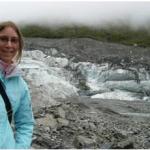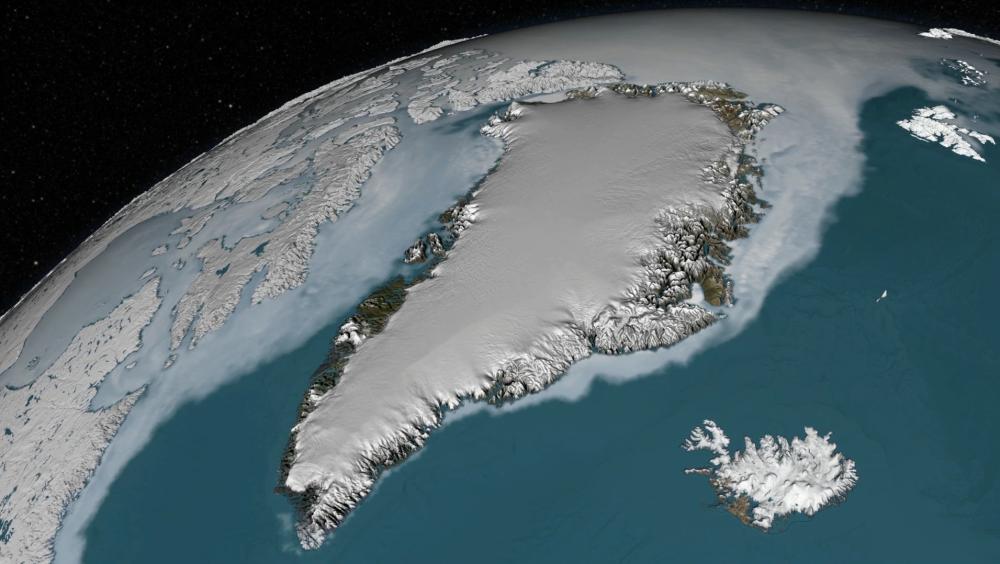
10 October, 2024

Sabrina Renken
Posted: 30 June, 2017

To continue our theme of ‘Uncharted Territories’, we welcome guest blogger Sabrina Renken, a Government of Ireland Postgraduate Scholar based at Trinity College Dublin.
With the USA leaving the Paris agreement, debate about human involvement in climate change is hot news once again. Whilst scientists have strong evidence for global warming and understand the general relationships among increasing ocean temperature, ice sheet melt and sea level rise, the devil is in the detail. Precise prediction of how much melt or sea level rise will occur for a given increase in temperature requires a detailed understanding of the mechanisms involved. Refining this understanding is a work in progress and my PhD research forms one small part of this scientific aim.
One question of my research is to understand how the North Atlantic responses to potential massive discharges of icebergs. This is potentially important since the Greenland ice sheet has exhibited such dynamic behaviour in the last decade. For example, the Jakobshavn Glacier in Greenland was always known for its regular releases of icebergs, of which one iceberg is believed to have caused the Titanic to sink. However, in 2012 the break up rate of the Jakobshavn Glacier has quadrupled compared to the 1990s.
Thus, one way to explore ice-sheet-ocean interactions is to examine how ice sheets have behaved in the past when the climate warmed. This is the focus of my research, but rather than heading to Greenland, I target the edge of the Irish continental shelf on the hunt for deep sea mud from the last ice age. Whilst it may seem strange to head to the bottom of the ocean to study changes at the top of the world, there is a very good reason for doing so (other than that it’s fun to do research at sea).
When ice rambles over land it consumes clasts from the land surface. At the border between land and ocean, the ice will eventually break up and start its journey as an iceberg across the North Atlantic. In the end, the ice will melt and release the incorporated clasts, which then can be found in the muddy sediments at the bottom of the ocean. To explore now how the North Atlantic has changed (e.g. ocean surface temperatures) during times of ice discharges, microfossils of the same sediments can be used.
For my PhD I chose foraminifera, a group of single-celled organism of which a subgroup floats among the phytoplankton at the water surface. Like bears, these different planktonic foraminifera species prefer different living environments with some species only be found in tropical waters, while other only reside the polar regions. Thus, the abundances of the different species in our sediments can tell us about the temperature changes of the North Atlantic.
In summary, we are facing unmissable evidences of climate change and we scientists try to unravel the last details of similar past events to provide the basis for future predictions. Thereby, ice sheet- ocean interactions will play a crucial role!
Disclaimer: The opinions expressed in our guest blogs are the author’s own, and do not reflect the opinions of the Irish Research Council or any employee thereof.